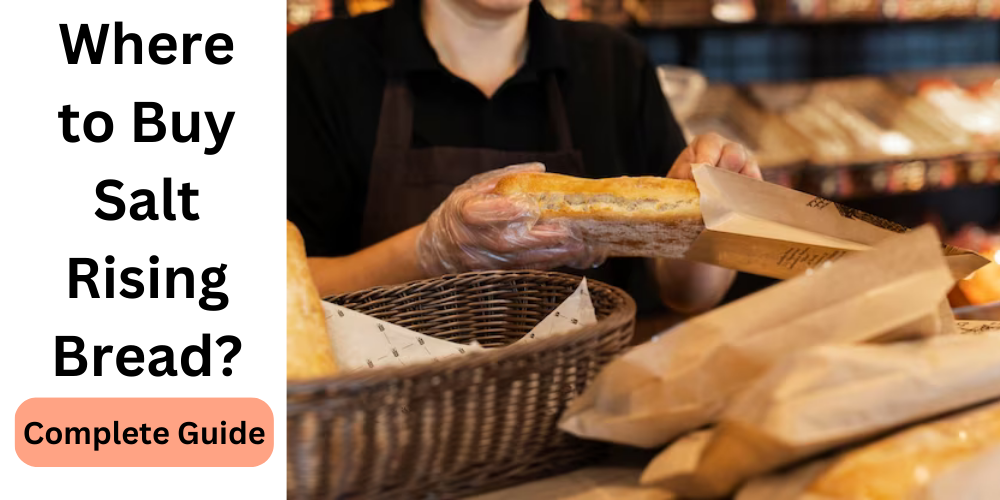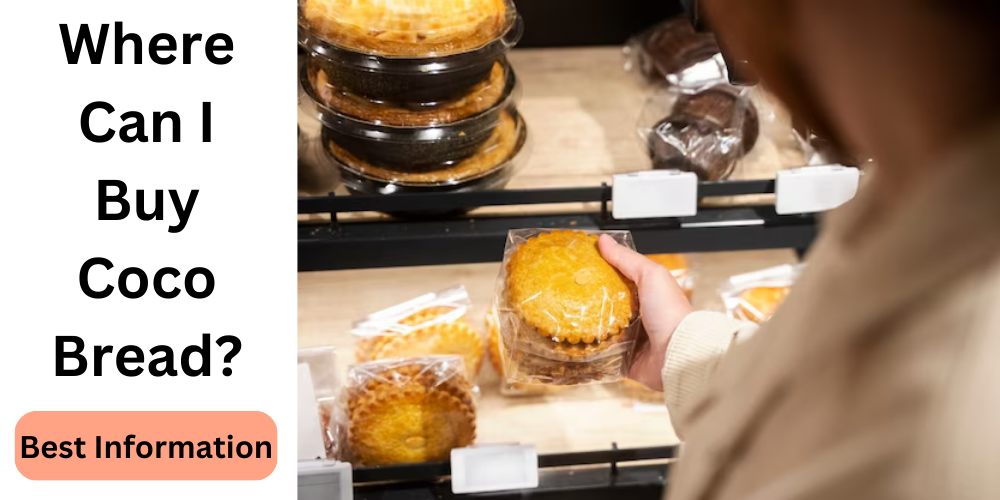Bread sinking in the middle is a common issue faced by many bakers, both amateurs and professionals. It can be frustrating to see your bread beautifully risen on the sides but sunken in the center, making it less appealing and sometimes even inedible. If you have ever experienced this problem, don’t worry, why did my bread sink in the middle.
In this article, we will delve into the reasons behind why your bread may sink in the middle and how to prevent it from happening. By understanding the science and techniques involved in bread baking, you can ensure that your bread comes out perfectly risen every time.
Why Did My Bread Sink In The Middle?
The most common answer to this question is that why did my bread sink in the middle. Bread sinking in the middle is a result of collapsed air bubbles, leading to a dense and sunken center.
There are various factors that can contribute to your bread sinking in the middle. Let’s take a look at them in detail.
Basic Bread Baking Principles
Bread making is a science, and it requires precision to achieve the desired results. One essential principle in bread baking is the balance between flour, water, yeast, and salt. Deviating from this balance can cause issues with the structure of your bread.
If you use too much flour or not enough liquid, your dough will be dry and stiff, making it difficult for the yeast to do its work. On the other hand, if you use too much water, your dough will be sticky and slack, leading to an uneven rise and potentially a sunken center.
Yeast Activity and Fermentation
Yeast is the magic ingredient in bread baking that makes the dough rise by producing carbon dioxide gas. It feeds on sugars in the dough and emits carbon dioxide, which gets trapped in the gluten structure, creating air bubbles.
If there is not enough yeast or if it is not active enough, your bread will not rise properly, resulting in a dense and sunken center. The yeast can be affected by factors such as temperature, time, and freshness.
To ensure proper fermentation and yeast activity, make sure to use fresh and active yeast and follow the recommended proofing time and temperature.
Dough Consistency and Texture
The consistency of your dough plays a crucial role in achieving a well-risen bread. If the dough is too dense, it will not allow air bubbles to form properly, resulting in a sunken center.
On the other hand, if the dough is too soft and loose, it will not hold its shape during baking, causing the bread to spread out and sink in the middle.
To avoid this issue, make sure to follow the recipe’s recommended measurements and techniques for kneading and shaping the dough.
Proper Proofing Techniques
Proofing is a crucial step in bread making that allows the dough to rise and develop flavor. If the dough is not proofed properly, it will not have enough strength and structure to support the bread’s weight, resulting in a collapsed center.
To ensure proper proofing, make sure to give your dough enough time to rise, preferably in a warm and humid environment. You can also use techniques such as ‘poke test’ or ‘finger dent test’ to check if the dough is adequately proofed.
Balancing Ingredients
Apart from the basic principles, other ingredients such as fats, sugar, and eggs can also affect the structure of your bread. Too much fat or sugar can make the dough heavy and dense, resulting in a sunken center.
Similarly, using too many eggs without adjusting the liquid content can also lead to a collapsed center. It is essential to balance all the ingredients in your recipe to achieve a well-risen bread.
Related Guides:
How Do You Keep Bread From Sinking In The Middle?
Now that we have discussed the reasons behind your bread sinking in the middle, let’s look at some tips to prevent it from happening.
- Measure accurately and follow the recipe: As mentioned earlier, bread making is a science, and precise measurements are crucial. Make sure to use measuring cups or a kitchen scale to measure your ingredients accurately.
- Use good quality ingredients: Using fresh and high-quality ingredients can make a significant difference in the final outcome of your bread. Make sure to check the expiration dates of your yeast, flour, and other ingredients before using them.
- Knead the dough properly: Properly kneading the dough helps to develop gluten, which gives structure and strength to your bread. Make sure to knead until the dough is smooth and elastic.
- Proof the dough adequately: As mentioned earlier, proofing is crucial in achieving a well-risen bread. Make sure to give your dough enough time to rise and follow the recommended proofing techniques.
- Do not overproof: While under-proofed dough can result in a collapsed center, over-proofed dough can also have the same effect. It is essential to keep an eye on your dough during proofing and avoid letting it rise for too long.
Why Does My Bread Dip In The Middle?
Apart from the reasons mentioned above, there are a few other factors that can cause your bread to sink in the middle. Let’s take a look at them.
- Oven temperature: If your oven temperature is not accurate or fluctuates during baking, it can affect the bread’s rise and structure. Make sure to use an oven thermometer to ensure that your oven is at the correct temperature.
- Baking time: Baking your bread for too long or at a high temperature can also cause it to sink in the middle. Make sure to follow the recommended baking time and temperature mentioned in the recipe.
- Pan size: Using a smaller pan than the one recommended in the recipe can result in a taller loaf with an undercooked center, leading to sinking.
Why Did My Bread Sink In The Middle In My Bread Maker?
Using a bread maker to make your bread can be convenient, but it may also cause some issues with the bread’s structure. Here are a few factors that could have caused why did my bread sink in the middle in my bread maker.
- Incorrect measurements: As mentioned earlier, precise measurements are crucial, especially when using a bread maker. Make sure to follow the recommended measurements and instructions for your bread maker.
- Old yeast: If you have not used your bread maker for a long time, it is essential to check the expiration date of your yeast. Using old or expired yeast can result in a dense and sunken loaf.
- Overfilling the pan: Make sure not to overfill the bread pan in your bread maker, as it can result in an uneven rise and a collapsed center.
Conclusion:
There can be several reasons why did my bread sink in the middle. It is essential to understand the basic principles of bread making, such as yeast activity, dough consistency, proofing techniques, and balancing ingredients. By following proper measurements, techniques, and using good quality ingredients, you can prevent your bread from sinking in the middle and achieve a perfectly risen loaf every time.
Sources:





